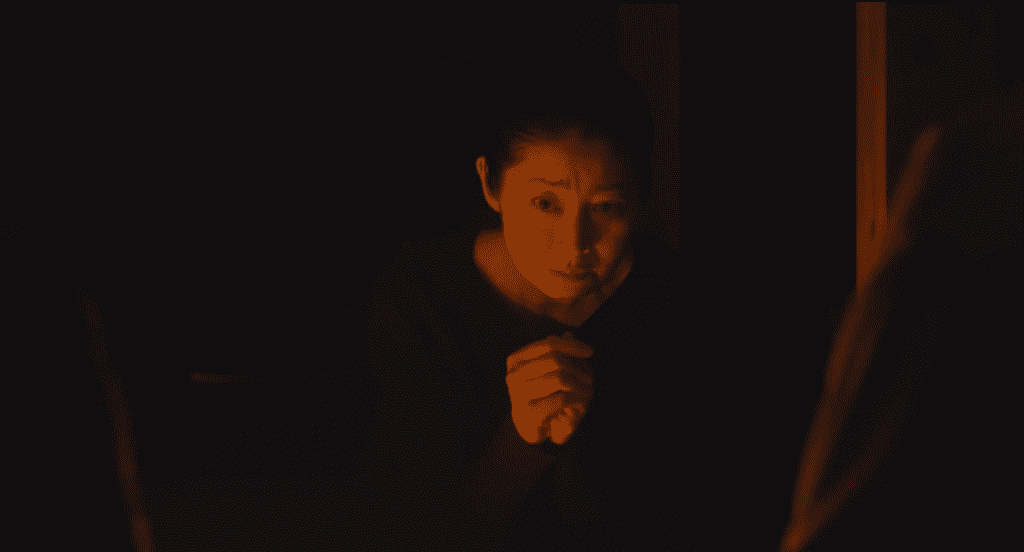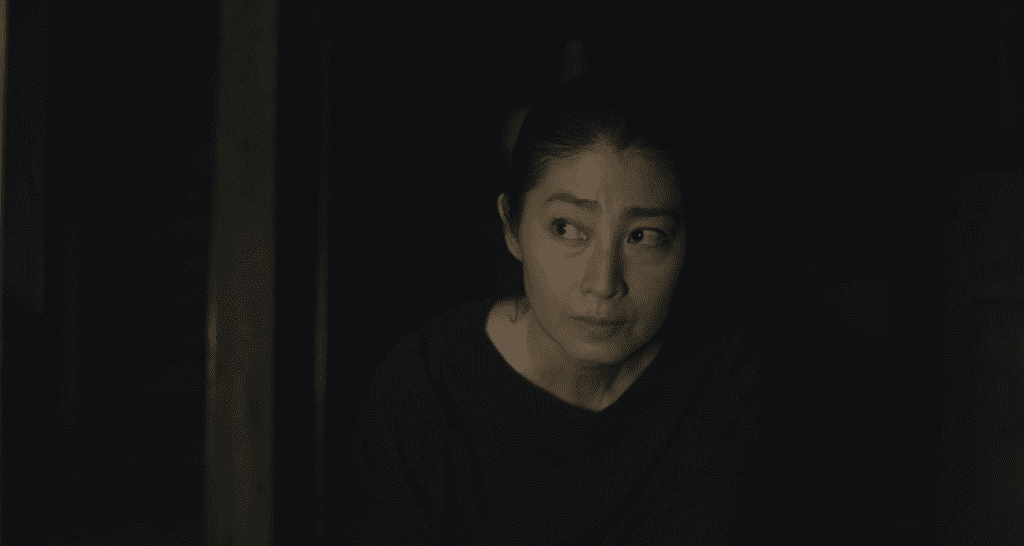Summary
Ju-On: Origins episode 6 leaves many mysteries unexplained, which is entirely the point — but should it have provided more closure?
This recap of Ju-On: Origins season 1, episode 6 contains spoilers. You can check out our thoughts on the previous episode by clicking these words.
Check out our spoiler-free season review.
Check out all our recaps in the episode archive.
In many ways, Ju-On: Origins episode 6 had a responsibility to lay out exactly what has been going on throughout this brief, flawed first season, at least to the extent that an audience would feel like they understood how the various characters, tragedies, and timelines all fit together. Hiroshi Takahashi and Takashige Ichise’s script has deliberately not been user-friendly, but it has, even at its worst, felt like it was working towards something; some broader bloodstained mosaic that gave a clearer sense of the actual origins of this enduring curse.
The season finale accomplishes this in some ways and fails miserably at it in others. You can at least trace the history of the Tokyo murder house from the ‘50s, through the captivity and repeated rape of a woman who eventually killed her captor and lost her child – I haven’t mentioned this yet, but I admire this show’s artful monochrome flashbacks – all the way through Yasuo’s experiences there, Tetsuya’s death, and Kiyomi’s rape. The finale begins with a new pregnant couple moving in and, after warnings from Yasuo, experiencing what the audience has already been made privy to – that the house’s long, bloody history is all contained within it still, each tragedy piling on top of another.
Key to all this, it seems, is Yasuo, though Ju-On: Origins episode 6 never really explains why. He remains the only person unaffected by the curse and is privy to information that the show is careful to suggest he shouldn’t have been (something we saw dramatized earlier – the ringing phone in a woman’s stomach.) He explains this away as artistic license, just a fictional embellishment that he ran with; a coincidence, in other words, but this isn’t the kind of story that can sustain coincidences. To what extent Yasuo, and indeed his sister and father, might be connected to the house remains unclear.

Kiyomi’s Fantine-like arc of relentless despair also culminated back at the house where in many ways it began – a snake eating its own tail. But her embrace by the ghosts of the girls who facilitated her rape in the first place is not so much a conclusion to that arc as a stop-gap; she seemed to vanish into the house entirely, which nobody else has done without leaving something of themselves behind.
Of course, she left behind Toshiki, whose role in the story also remains nebulous. What I mentioned in an earlier recap of him essentially being an inversion of Toshio, an embodiment of the show’s themes but as a protector rather than a constant harbinger of doom, persisted here, though his role and ultimate fate were similarly unexplained.
The obvious counter-argument to all this is that to close off these character arcs entirely is to betray some of the story’s essential, circular spirit; it’s about a ceaseless loop of tragedy brought into being and then proliferated through acts of extreme violence. The entire point is that it never really ends, and thanks to the brand’s enduring success in its native Japan, despite a falloff in the West, it never really has to. But that doesn’t necessarily provide a cathartic end to a season of television, and after enduring some of its horrors, I think Ju-On: Origins season 1, episode 6 could have provided a little more closure.




